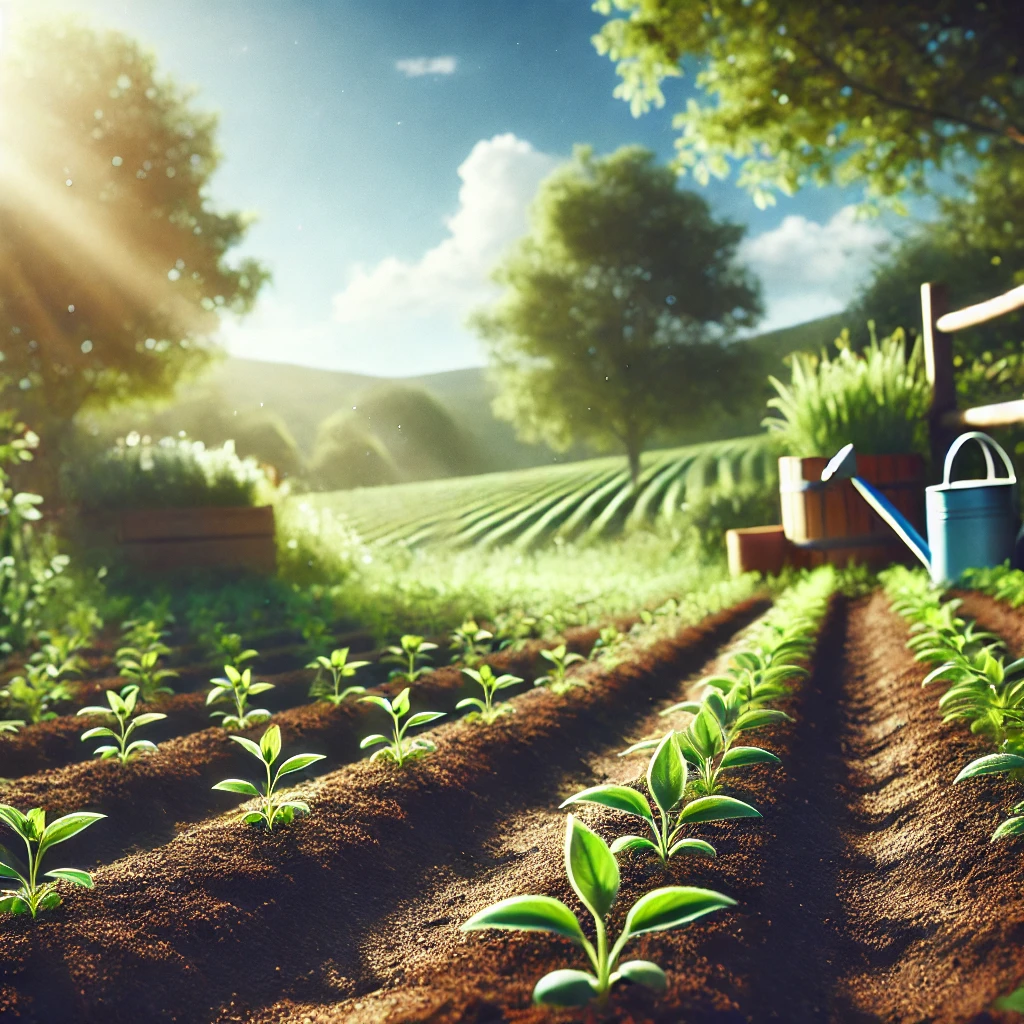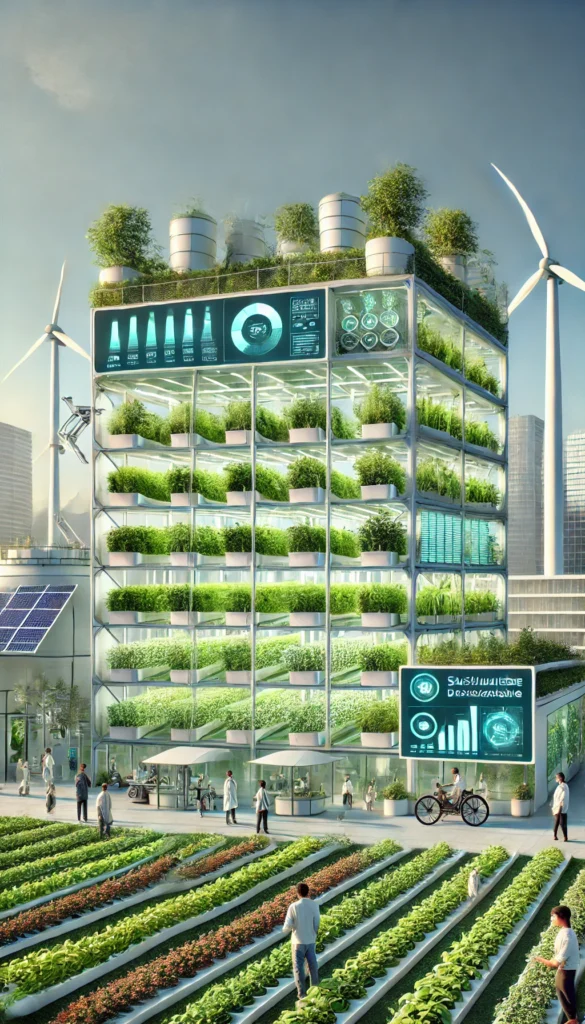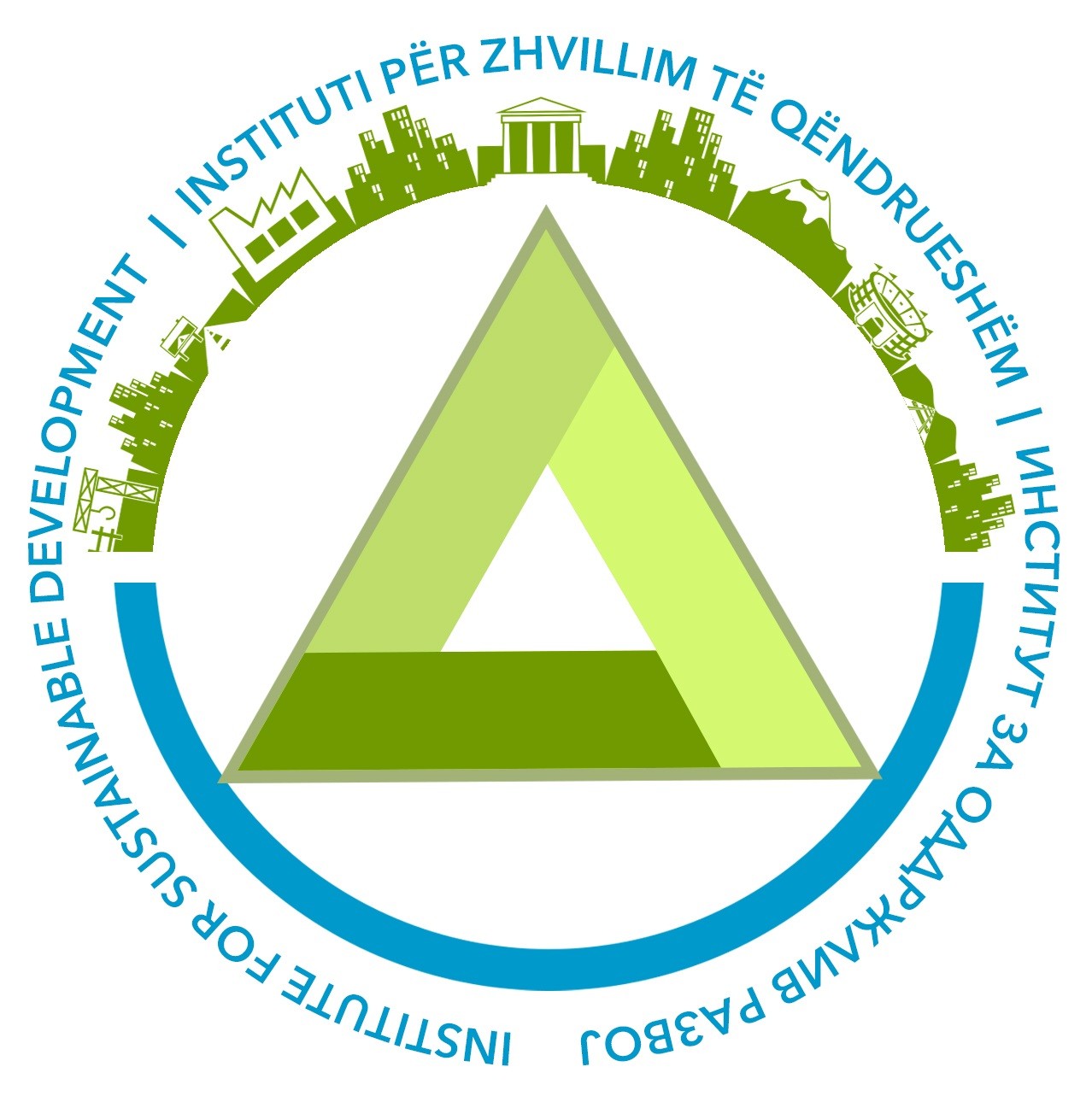The concept of vertical farming has garnered considerable attention in recent years, driven by its potential to meet the growing demand for food while promoting sustainable agricultural practices. This article delves into the importance of vertical farming in modern agriculture and examines its potential to address key challenges in the sector.
Although vertical farming is a relatively modern concept, its origins can be traced back to ancient innovations like the Hanging Gardens of Babylon. However, it was during the 20th century that the idea began to gain momentum. Technological advancements and an increasing focus on sustainable food production have played a pivotal role in the development and adoption of vertical farming practices.
Vertical farming offers numerous advantages over traditional agricultural methods. By utilizing controlled environments and vertical stacking techniques, this approach significantly reduces the need for arable land, minimizes water usage, and eliminates dependency on weather conditions. Additionally, vertical farming is often implemented in urban areas, reducing transportation costs and ensuring fresher produce for consumers.
Beyond environmental benefits, vertical farming also has the potential to enhance food security by producing higher yields in smaller spaces. Innovations such as hydroponics, aeroponics, and aquaponics allow for efficient use of resources while maintaining optimal growing conditions for crops. The integration of advanced technologies, such as artificial intelligence and the Internet of Things (IoT), further optimizes farming processes, ensuring maximum productivity.
As the global population continues to rise, and the impact of climate change challenges traditional farming, vertical farming stands out as a promising solution to address these issues. Its ability to deliver fresh, locally grown produce in a sustainable manner highlights its significance in shaping the future of agriculture. By embracing vertical farming, we can move closer to achieving a balance between food production and environmental stewardship.

Key Concepts and Definitions
Vertical farming can be defined as the practice of growing crops in vertically stacked layers or vertically inclined surfaces. It utilizes innovative techniques such as hydroponics, aeroponics, and controlled environment agriculture to optimize resource utilization and crop production.
Advantages of Vertical Farming
Increased Crop Yields and Reduced Land Use
Vertical farming has the potential to significantly increase crop yields by utilizing vertical space efficiently. By stacking crops vertically, farmers can maximize their production capacity without requiring vast expanses of land. This is particularly beneficial in urban areas where land is limited.
Year-round Crop Production
One of the key advantages of vertical farming is its ability to provide a consistent supply of fresh produce throughout the year, irrespective of climate or geographical limitations. By controlling the environmental conditions, such as temperature, light, and humidity, farmers can create ideal growing conditions for crops, ensuring continuous production.
Efficient Resource Utilization
Vertical farming systems are designed to optimize resource utilization, including water and energy. Hydroponic and aeroponic techniques enable precise control over water usage, reducing wastage significantly. Additionally, vertical farms often incorporate energy-efficient technologies, such as LED lighting, to minimize energy consumption.
Reduced Pesticide Use and Improved Food Safety
Vertical farming systems are inherently less susceptible to pests and diseases compared to traditional farming methods. As a result, the need for pesticide use is significantly reduced, leading to improved food safety and reduced environmental contamination.

Environmental Sustainability
Vertical farming offers significant potential for advancing sustainable agriculture by drastically reducing water usage and minimizing greenhouse gas emissions. Through the use of hydroponic and aeroponic systems, water consumption can be cut by up to 90% compared to traditional farming methods. Additionally, vertical farms can leverage renewable energy sources like solar panels to power their operations, further decreasing their carbon footprint and contributing to environmental sustainability.
Urban Agriculture and Food Security
Vertical farming holds promise as a solution to urban food security challenges. By integrating vertical farms into urban landscapes, the gap between food production and consumption is narrowed. This localized approach reduces reliance on long-distance transportation, ensuring consumers receive fresher produce. Furthermore, vertical farms can be established in food deserts, providing access to fresh, nutritious food in underserved areas where grocery store options are limited.
Case Studies and Success Stories
Numerous successful vertical farming initiatives have emerged globally, demonstrating the viability of this innovative approach. For example, AeroFarms, a pioneering vertical farming company, utilizes advanced aeroponic technology to achieve crop yields up to 390 times greater per square foot compared to traditional farming. Another notable example is Sky Greens in Singapore, which employs vertical rotating towers to maximize space efficiency and produce leafy greens sustainably.
Emerging Trends and Innovations
Vertical farming continues to evolve, with cutting-edge trends and developments shaping its future. Artificial intelligence and automation are increasingly being incorporated into vertical farming systems, enabling precise monitoring and control of environmental factors such as light, humidity, and nutrient levels. Researchers are also exploring advancements in crop genetics, more efficient growing mediums, and optimized resource management to further enhance productivity and sustainability in vertical farming practices.

Challenges and Controversies
Despite its immense potential, vertical farming is not without its obstacles. High initial investment costs remain a significant hurdle for many aspiring vertical farmers. Setting up and maintaining vertical farming systems demands specialized knowledge and skilled labor, which can limit the scalability of these operations. Additionally, skeptics question the sustainability of vertical farming on a large scale, suggesting that further technological advancements are necessary to overcome its current limitations.
Future Prospects
The outlook for vertical farming is highly promising. As technological innovations continue to transform agriculture, vertical farming is positioned to play a crucial role in meeting the food demands of a growing global population. Ongoing research and development efforts are expected to enhance the efficiency, affordability, and sustainability of vertical farming practices, further solidifying its role in the future of agriculture.
Conclusion
Vertical farming represents a transformative leap in modern agriculture, providing innovative solutions to the challenges of food production and sustainability. With its potential for higher crop yields, efficient use of resources, and reduced environmental impact, vertical farming is poised to drive agricultural innovation forward. In the face of a rising global population and escalating environmental challenges, vertical farming offers a hopeful vision for a sustainable future where food production evolves to meet the needs of a changing world.
